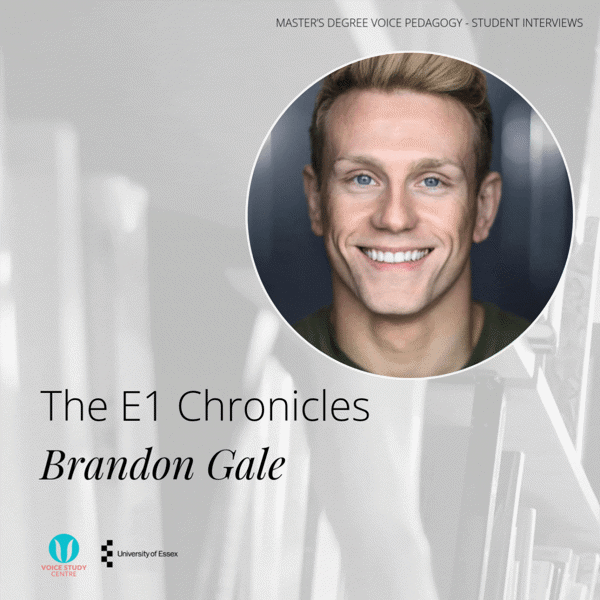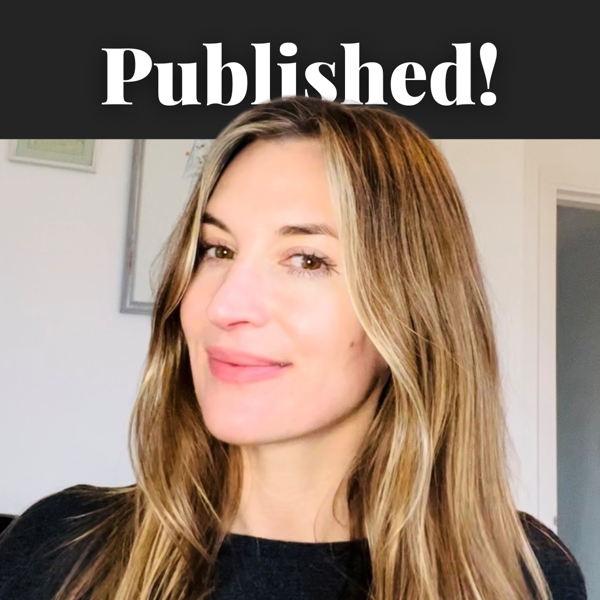Course Review: An Introduction to the Buteyko Breathing Method with Kate Cubley
Tuesday 30th January 2024Voice Study Centre Ambassador and associate lecturer Kate Cubley’s introduction to the Buteyko breathing method focused on “breadth not depth”, covering a wide range of material including the method’s uses, benefits and potential implications for singers and other voice professionals.
Kate explained that the method is named after its founder, Konstantin Pavlovich Buteyko, who created it while working in a hospital and observing that all end-of-life patients were breathing through their mouth. He recognised that the patients were in a constant cycle of breathing faster, harder and into their upper chest, increasing stress and reducing immunity. Kate introduced lists of traits (e.g. oral breathing, upper chest movement) and causes (e.g. anxiety, trauma, allergies) of dysfunctional breathing after asking for participants to chip in with suggestions.
Some stats were shared, including that 9.5% of the general population are dysfunctional breathers, 50% of lower back pain sufferers are dysfunctional breathers, and 25% of children persistently breathe through their mouth. Before moving onto some practical Buteyko exercises, Kate explained some contraindications to be aware of, including diabetes, asthma and pregnancy.
The first exercise Kate demonstrated was the ‘Control Pause’ (also known as the ‘BOLT Score’) and involved the following instructions:
- Take a couple of normal breaths in and out through your nose
- Hold your breath on the exhale (can pinch your nose)
- Time the number of seconds until the first definite desire to breathe, or the first involuntary movements of your breathing muscles (NOT the maximum duration for which you can hold your breath)
- Following the control pause, the first breath should be exactly the same as prior to the pause (key information)
The more this is practised, (you will notice) the longer the pause should get. Once the pause goes over 20 seconds then anxiety/asthma/panic symptoms should reduce. Kate explained a variation of this – the ‘Maximum Pause’ – which is similar but instead involves holding breath for as long as is physically possible. The ‘Extended Pause’ meanwhile involves holding breath for anywhere between the Control Pause and the Maximum Pause.
After discussion of the primary functions of respiration, the benefits of MyoTape and the difference between normal breathing and hyperventilation (using mathematical examples of litres), participants were asked to think of the implications for their students and their voices.
Kate noted that with Buteyko breathing we are attempting to increase our tolerance of carbon dioxide within our body. By breathing ‘light’, we increase the CO2 in our body for short periods of wakefulness, meaning that we don’t ‘snatch’ breaths as often. By breathing ‘low’ and ‘slow’ (cadence breathing), we fill our entire lungs with breath and aid lateral expansion and contraction of the lower ribs.
The next exercise Kate demonstrated was called ‘Many Small Breath Holds’ and involved the following directions:
- With lips closed, take a gentle breath in through your nose and a gentle breath out through your nose, then hold your breath on the exhale by covering the nostrils
- Hold your breath for 3-5 seconds
- After each breath hold, breathe normally in and out through your nose for 10-15 seconds
- Repeat for 2-3 minutes
She pointed out that this exercise is good for experimenting with ‘air hunger’ within a safe space. Following this exercise, participants were asked to check in with themselves and how they were feeling in comparison to the start of the course.
The second half of the course began with an exploration of the importance of the nose (nasal breathing) whereby Kate explained a list of benefits, including the increase of circulating bloody oxygen and carbon dioxide levels, improved overall lung volumes, a reduction in FEO2 (fractional expired oxygen) resulting in more efficient oxygen extraction, and encouraging the uptake of NO (nitric oxide). NO may help reduce respiratory tract infection by inactivating the viruses and produces antimicrobial effects against a broad range of bacteria, fungi and viruses.
The next exercise Kate demonstrated was called ‘Decongest the Nose’ and involved the following directions (you should avoid this exercise if you have anxiety, high or low blood pressure, cardiovascular issues, or are pregnant):
- Check which side of the nose is more congested
- Take a normal breath in and out through the nose
- Pinch your nose (at the nostrils) with your fingers and hold your breath
- As you hold your breath, move your body or gently nod your head up and down
- Hold your breath for as long as you can (‘Maximum Pause’) until you feel a strong air hunger
- Let go and breathe as calmly as possible
- Repeat six times with a 30-60 second rest in between
Kate moved on to talk about stress, anxiety and panic disorders, noting that 75% of the anxiety/panic population are dysfunctional breathers. Suffocation is a common symptom and some of the Buteyko exercises even generate a small dose of suffocation to help reduce the perception of suffocation. Buteyko also has a number of other ways to alleviate anxiety and panic too, such as a calming effect on the central nervous system (CNS), reduced chemosensitivity to carbon dioxide, higher vagus nerve tone, and activation of the parasympathetic nervous system.
The acronym ‘PAST’ was introduced as it captures some of the key elements of Buteyko breathing. It stands for the following:
- Posture – Thinking about how we are standing/sitting to be able to take in the best breath;
- Awareness – What is your breath doing? Awareness brings the ability to change;
- Slow down (your breathing);
- Tolerable air hunger – A key part of the Buteyko exercises.
The next exercise Kate demonstrated was called ‘Walking with the Mouth Closed’ and involved the following directions:
- With the space to walk freely, begin to walk with your mouth closed
- Correct tongue resting posture
- Breathe gently through your nose
- Cover one nostril with your finger as you walk to concentrate the airflow and increase breath awareness
The goal of this exercise is to gradually slow down your breathing and breathing volume to create a feeling that you would like to take in more air; to feel air hunger. With practice, it becomes easier to sustain the air hunger for longer periods of time. Kate also explained a different variation involving walking while holding your breath, separated by 30- to 60-second rest periods of nasal breathing while standing still.
Kate recommended two apps: ButeykoClinic and Oxygen Advantage, and discussed sleep disorders and overall Buteyko implications for vocalists in general (e.g. better speech, improved focus, reduced breathlessness). Then the final slides provided overall conclusions and key takeaways on ‘light, low and slow’ nasal breathing to bring the course to a close.



